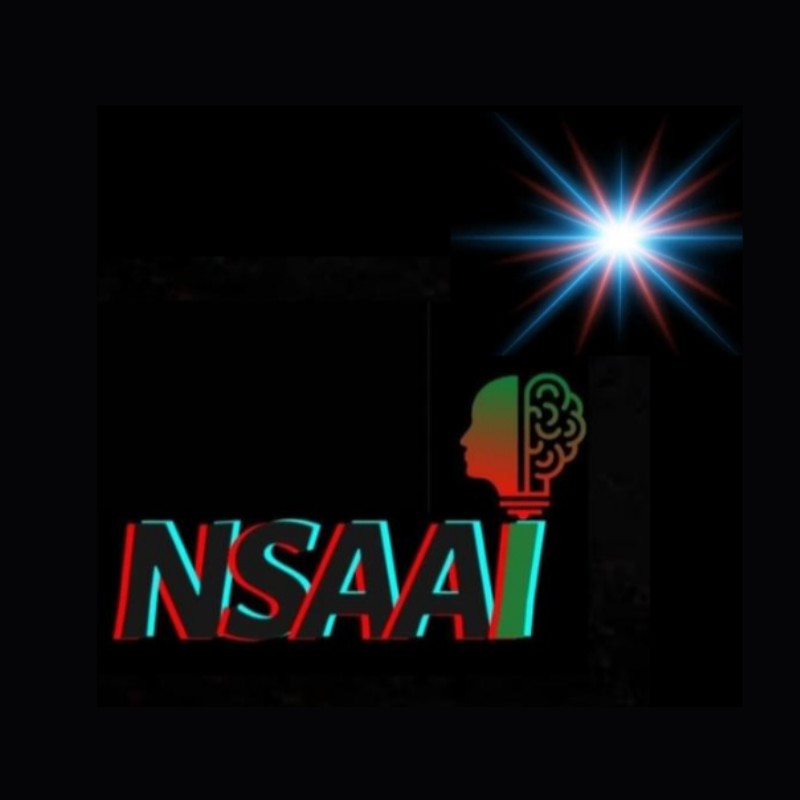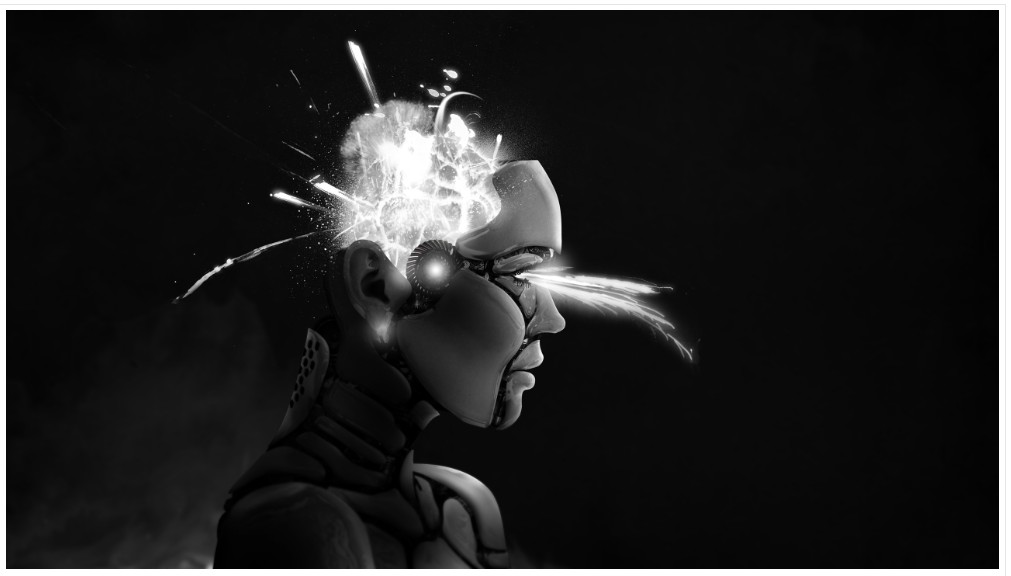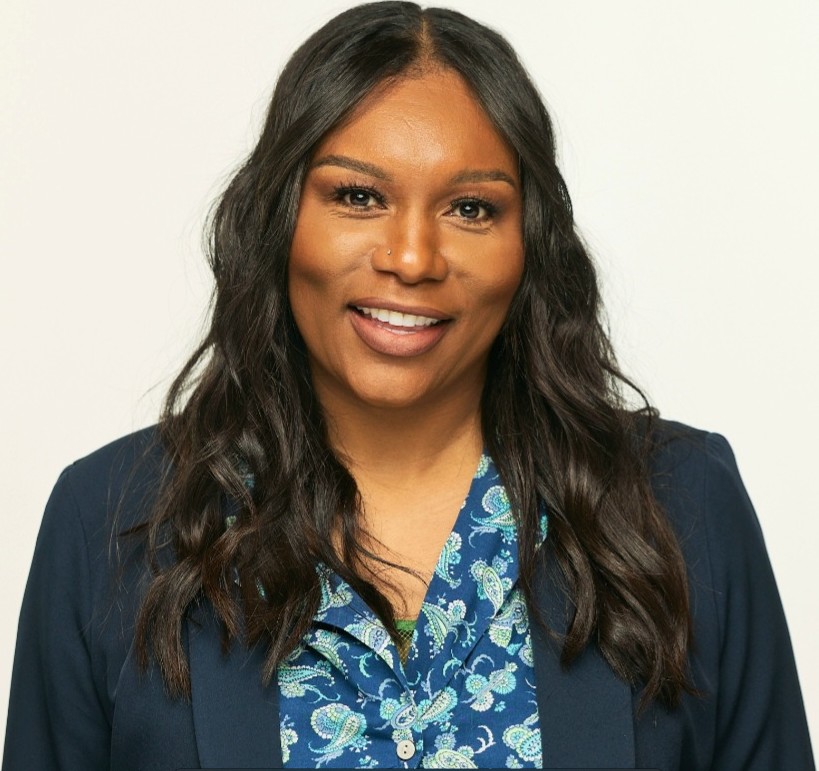We recently connected with Monique Ekundayo and have shared our conversation below.
Monique , thanks for taking the time to share your stories with us today How did you come up with the idea for your business?
Yes, so while studying for my PhD in Business Management specializing in Strategy and Innovation, a criterion for the Dissertation topic selection required that I find a problem within my field, research it, analyze it, and ultimately find a solution for the problem. By finding a solution, the researcher is essentially adding to the body of knowledge in the academic field of Business. Not to bore you with the details, but the title of my Dissertation is An Examination of the Influence of Knowledge Management on Organizational Innovation Mediated by Organizational Learning. In layman’s terms, my research examined whether organizations or corporations could strategically manage knowledge to produce favorable metrics associated with performance via Innovation efforts and implementations.
Queue the conception of my business idea – the National Society for African American Innovators (NSAAI). While doing this research, I had no intention of finding the data results that I did. Nonetheless, this is the purpose of academic research, right? To find a gap within the existing research and bridge said gap. When receiving my socio-demographic data, the results revealed that of all the demographic groups, Blacks and African Americans occupy merely 2.9% of the Innovation professional space. Why is this information relevant? Well, for several reasons.
The future of work, no matter the industry or role, is becoming more reliant on innovation in every aspect. In 2022, the Global Innovation Index (GII) published an annual ranking of the most innovative economies in the world. As of 2022, the rankings show that the U.S. has risen to number 2 after being number 3 for several years. This stat is interesting because historically, the U.S. has seemingly prioritized having a vantage point favorable to economic and social standing. I think the only way to become the #1 leading innovative economy is to increase a more diverse workforce reflective of the populations we serve here in the U.S.
The second reason this meager percentage of blacks in Innovation is relevant to U.S. society is that studies have shown that diversity and inclusion are vital to our workforce. The thoughtful integration of diversity, equity, and inclusion (DEI) has proven beneficial to the organization through various means. DEI fosters integrative perspectives to inform decisions. DEI enhances an ability to engage and capture a broader audience. Last yet certainly not least, DEI assimilation candidly addresses a lack of diversity within any C-Suite, exposing the areas of needed improvement to ensure opportunities for all employees to rise through the ranks.
Finally, and to segue into my closing thought, the 2.9% ratio of Blacks in Innovation is relevant because in order to demolish the perpetual disparities that Black communities have historically faced within this country for centuries, an increase of Blacks in high-growth career fields (i.e., Innovation) must increase. The hope of this society is to one day make said disparities obsolete. To conclude, NSAAI incorporated in April of 2022, and we have been growing ever since. Cheers to the pursuit of closing the gap in Innovation!


Monique , before we move on to more of these sorts of questions, can you take some time to bring our readers up to speed on you and what you do?
I come from very humble beginnings and have never worked professionally in the technology or innovation space. My professional area of expertise is Risk Management. Throughout the most recent years, however, I have understood the rising importance of the principle of Innovation. Innovation is an up-and-coming discipline leading the industries of Science, Technology, Engineering, Math (STEM), medicine, and even Entrepreneurship. Moreover, many colleges and universities now offer siloed degree programs specific to Innovation. So, to form an organization focused on providing a network of access and opportunity in Innovation for the Black and Brown communities was a natural transition for me.
Imagine a world where equally qualified professionals in the Innovation and STEM disciplines are afforded the same pay, promotional advancement opportunity, and access to networks and resources. As a result, U.S. organizations would dominate the high-growth career landscape, classified as STEM and Innovation. As a professional, I remember frequently being limited or overlooked in each of these dynamics because I was a younger black woman. I want to change the paradigm of exclusivity, which has demonstrated that because you fall into one of the classifications specific to Title VII, you are automatically underqualified or ill-equipped to be in a role, industry, or C-Suite position due to said classification. As the discipline of Innovation grows, it is my ultimate dream to see the diversity within this field grow at parallel speeds. The premise of NSAAI is to ensure diversity in the study and practice of Innovation.
NSAAI is a collective society where students of Innovation degrees, professionals, industry experts, scholars, and the like can convene and propel the field of innovation in the most demographically diverse way possible.
Can you share a story from your journey that illustrates your resilience?
Founding and running a nonprofit organization requires resilience every step of the way. As I mentioned previously, NSAAI was founded in 2022. As President in the last year, I have gone through learning curves such as the dos and don’ts of fundraising. I have experienced sleepless nights while pondering how to most effectively get this organization up and running at a percentage higher than the prior month. Last, I have met challenges with rotations of membership commitment. I’ve once heard the thought that ideas come a dime a dozen, however, a solid team propels a creative idea into an innovation manifestation. I believe that the success of an organization is first contingent upon having a solid team, and then all else follows. I have even asked myself whether I should continue pursuing this dream of creating a hub where Blacks and African Americans can consider NSAAI a safe space and springboard to achieving Innovation success. I tell you, I am not sure which has been more arduous, attaining a PhD or running a business.
Merriam-Webster dictionary defines resilience as the ability to recover from or adjust to misfortune or change. Building a nonprofit presents constant and evolving change. I think the biggest test of resilience I have been challenged with is having to accept the notion that advocating for a group of people who have historically been considered an underdog, per se, is not as widely accepted or favored. And so, when I pursue mentorship, funding, and recommendations on building successfully, the answers to these questions don’t come easy. Now I do not want to paint a picture suggesting that I have not had any help along the way because I have recently been connected with some great organizations that I foresee becoming formidable lifelong partnerships, and for this, I am grateful. I think the irony of needing to be resilient as a Black Woman founder of an organization whose mission is to open doors of opportunity for those who have also strived to be resilient but have otherwise been overlooked is a personal measure of success.
We often hear about learning lessons – but just as important is unlearning lessons. Have you ever had to unlearn a lesson?
Before studying Innovation, I maintained the belief that innovation only referred to, say, an iPhone or some invention. I had to unlearn the misconception of the defined construct of Innovation. I soon came to understand that there are two main classifications of Innovation. You have your technological innovations such as your: iPhone, solar panels, electric vehicles, artificial intelligence, virtual reality, and the list goes on. You then have your non-technological innovations to include policy innovation, marketing innovation, organizational Innovation, retail Innovation, sustainability and Innovation (i.e., urban rooftop farming), and this list also goes on. I bring up these differences because I had a misconception of what Innovation was. I can’t imagine how many others also misperceive what Innovation is and how many areas can be studied and practiced. To date, 21 accredited U.S. colleges and universities offer academic degrees specific to a study in Innovation. Likewise, the U.S. is beginning to hire innovation professionals and specialists with backgrounds specific to innovation. Why is this important? As a society, once we unlearn the idea of Innovation simply being a buzzword and embrace that Innovation has become a required discipline of study and skill requirement within the workforce, and also embrace the beauty of diversifying innovation, we can then increase our chances of becoming #1 on the leaderboard of GII’s “most innovative economy” list.
Contact Info:
- Website: https://www.thensaai.org
- Instagram: https://instagram.com/nsaai_22?igshid=ZDdkNTZiNTM=
- Facebook: https://www.facebook.com/NSAAI22?mibextid=ZbWKwL
- Linkedin: https://www.linkedin.com/in/the-national-society-for-african-american-innovators-958a5423a/
- Youtube: https://youtu.be/yB_ZdOVpyS8


